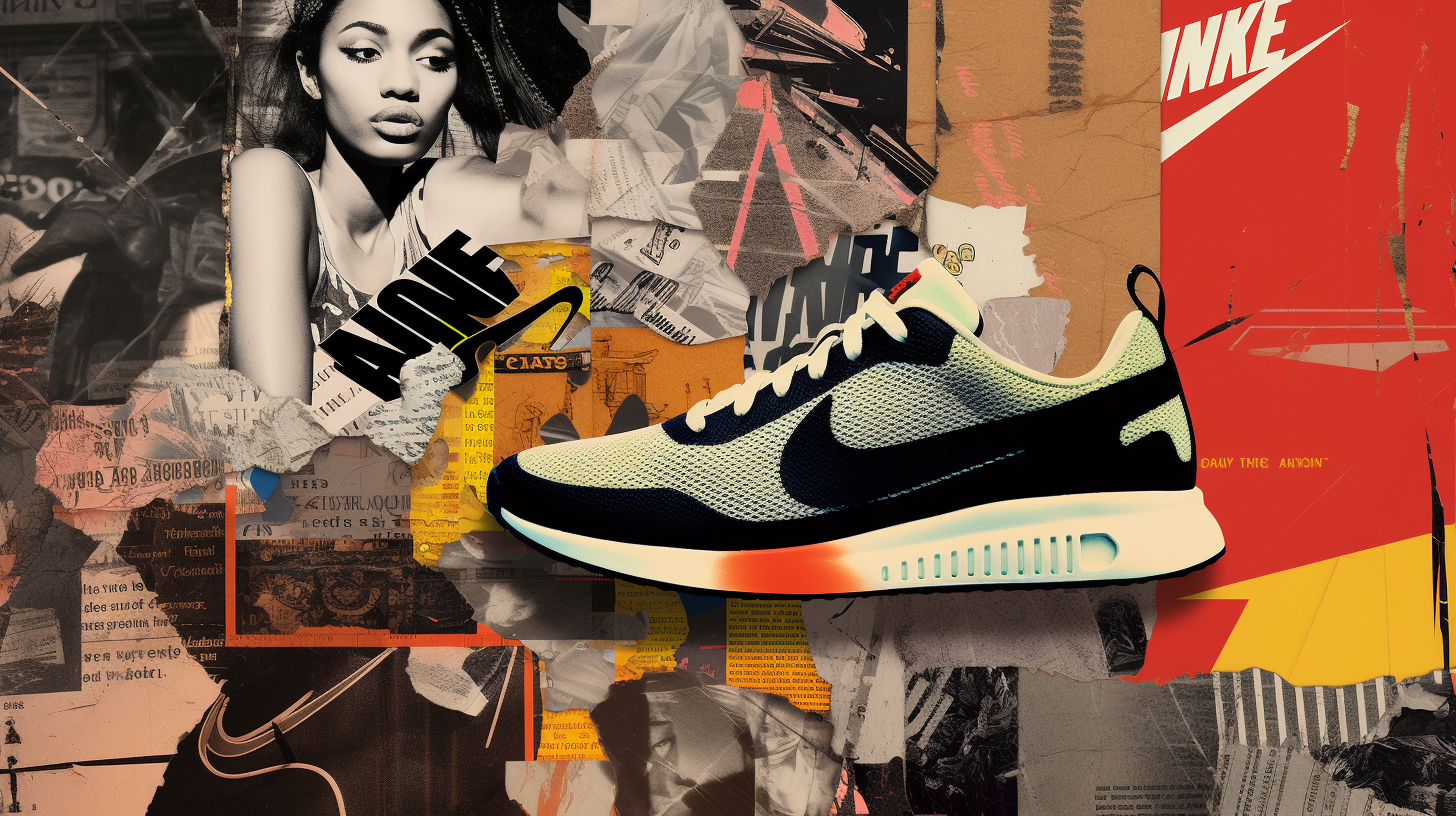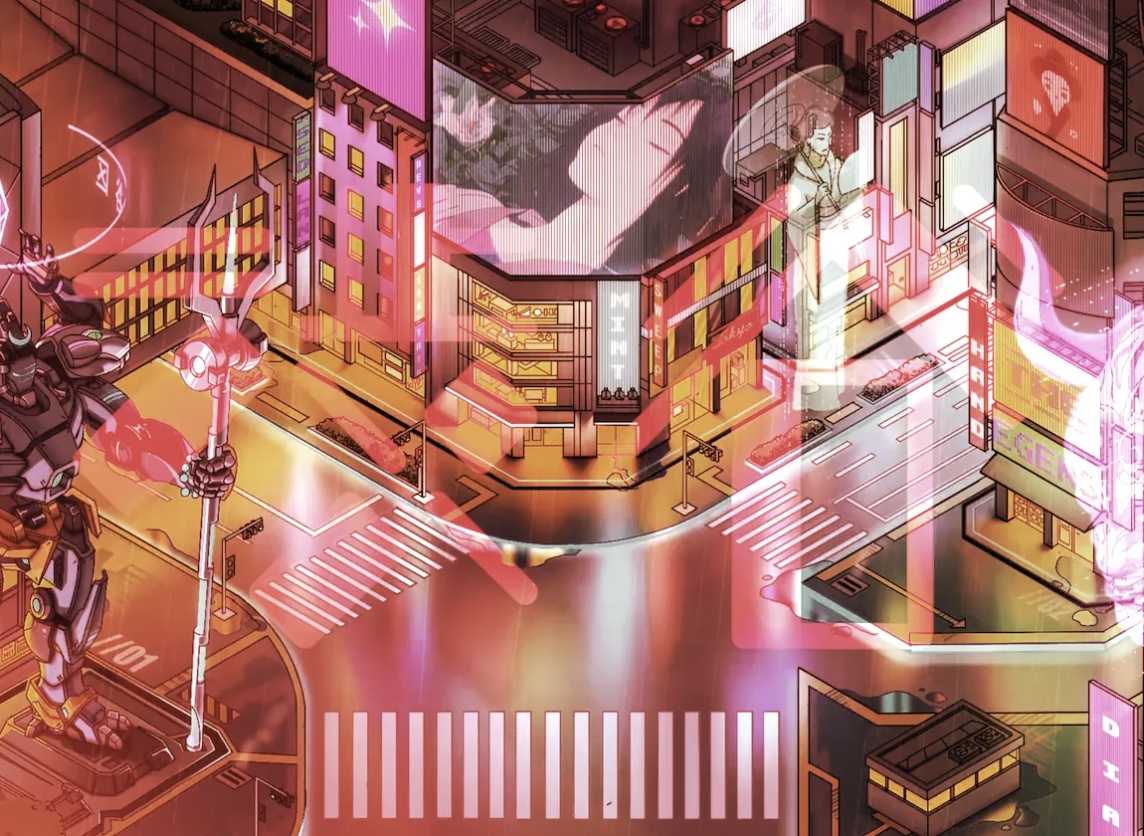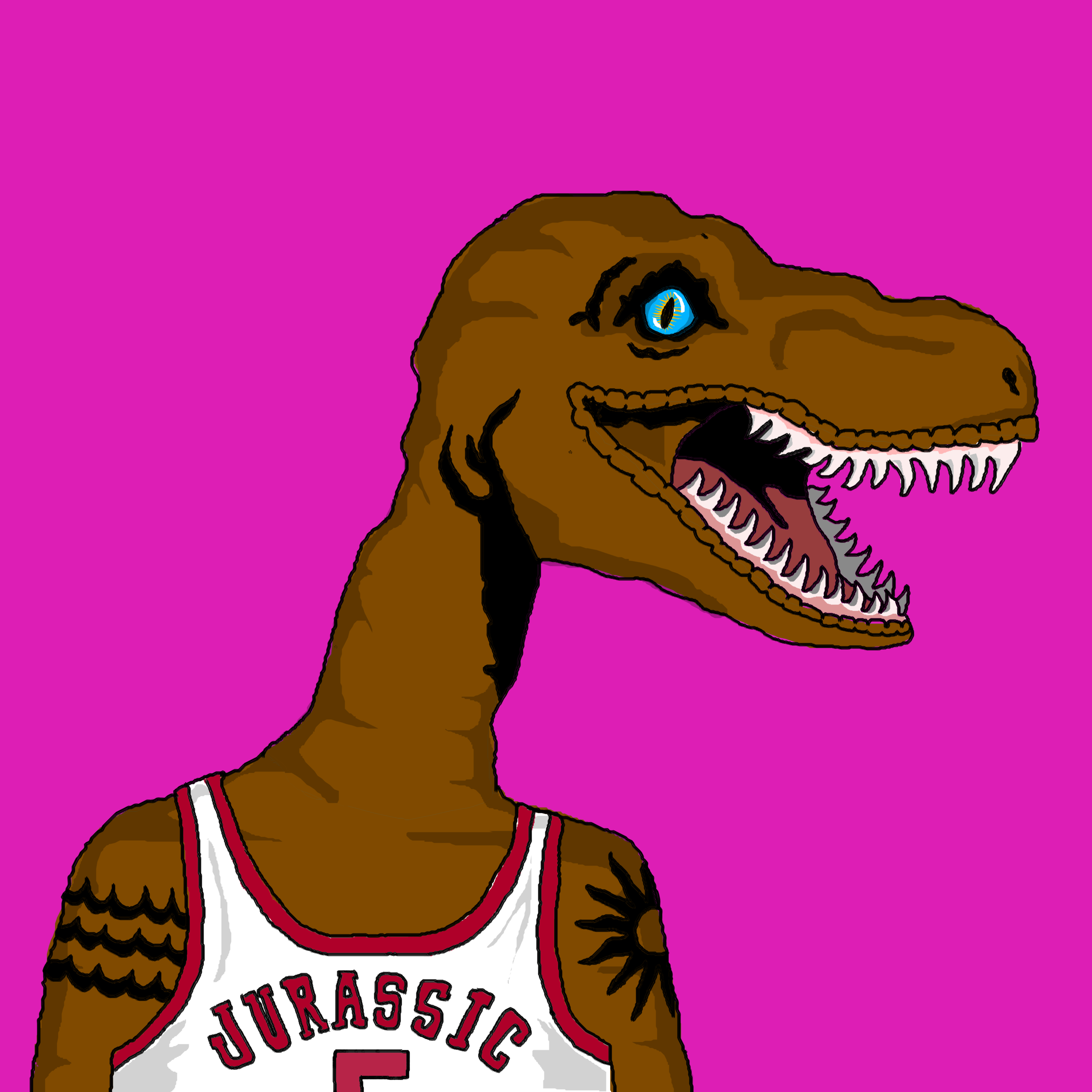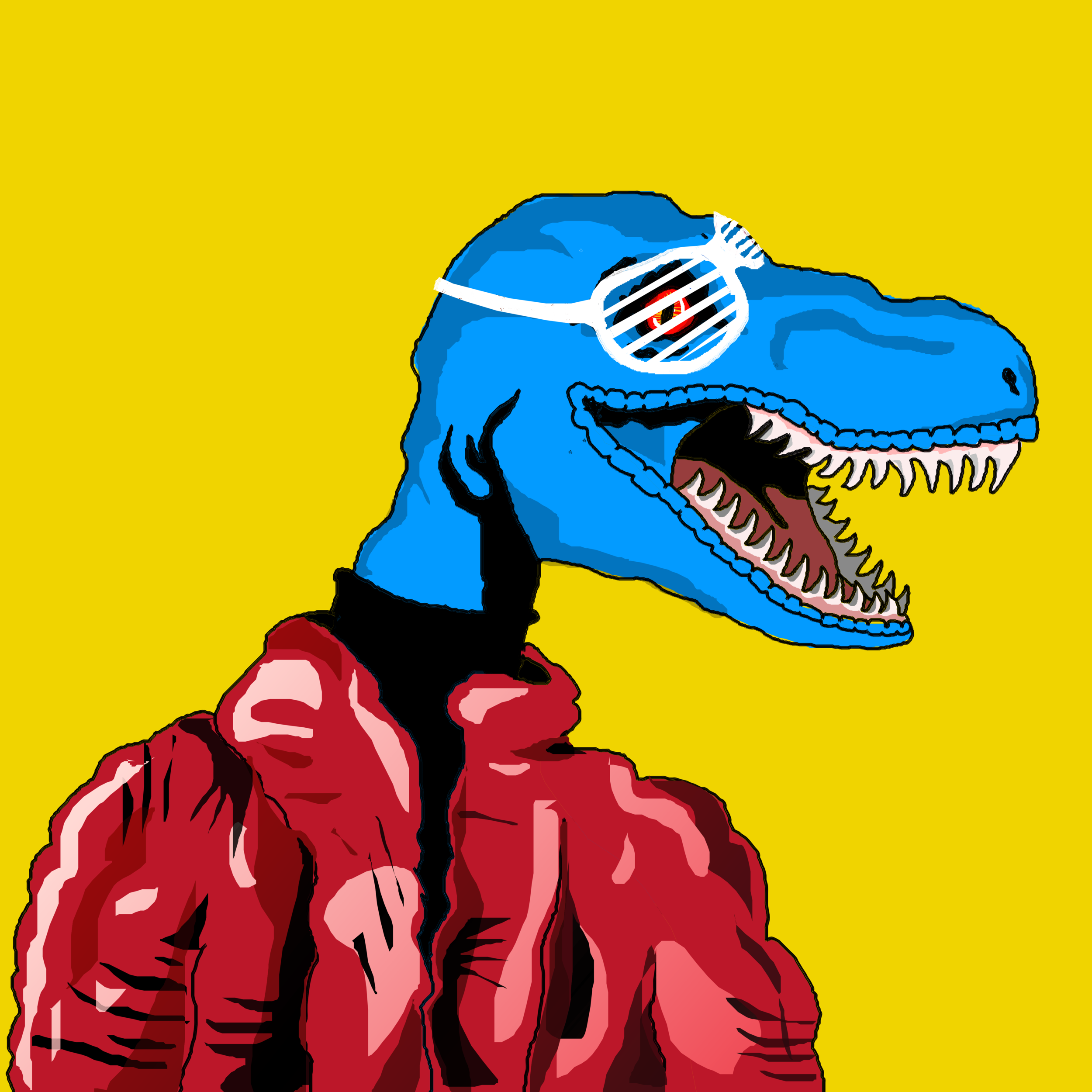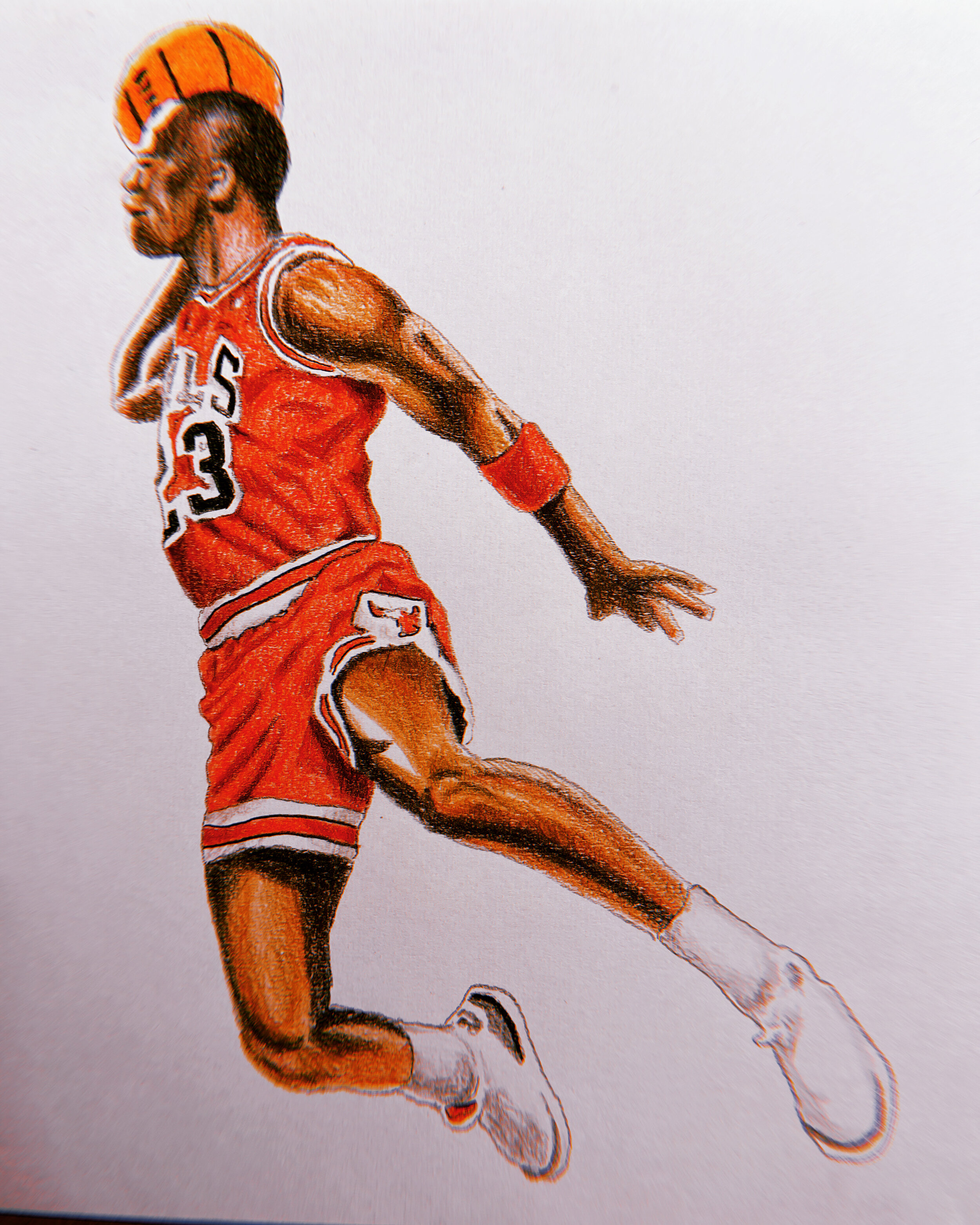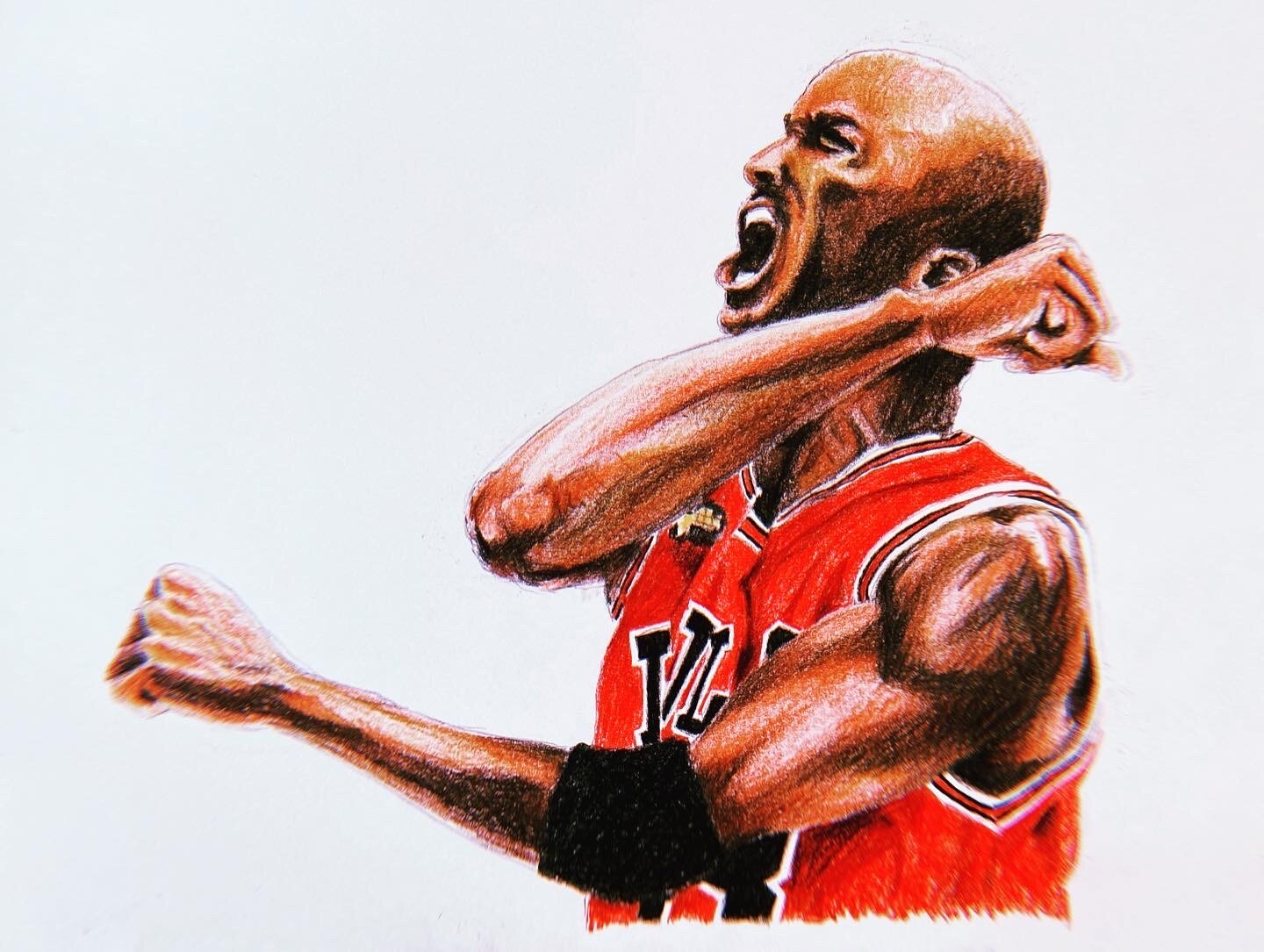Every brand wants to say something that stands the test of time. But do they have the discipline and patience to get there?
Brand taglines are treated like a magic bullet.
Some people turn to them to patch up a shaky campaign. But that’s really just putting a bandaid on a bigger problem. If a campaign isn’t working, the short phrase at the end isn’t going to magically make sense of it all.
The value of brand taglines is earned.
Over time.
Take Nike’s “Just Do It.” In 2023, the motivational phrase is so ubiquitous, it’s hard to consider its origins. But in the 1980s when Dan Wieden wrote the slogan and Nike ran it in a campaign, it was anything but a sure thing. Wieden had tapped out the phrase in an effort to patch together a wildly diverse set of commercials that would all be running as a part of the same campaign. Since the voice of the commercials was all over the place, Wieden threw “Just Do It” at the end of them all to offer some cohesion.
In interviews, Wieden even suggested that the phrase was a “placeholder” until they could think of something else. Something in his mind felt that the line could be beat. Of course, the place has been held by “Just Do It” for decades and has since become synonymous with the Nike brand itself.
Over time, the meaning and power of Nike’s tagline has grown exponentially. This is to Nike’s credit, for continuing to serve campaigns that featured the phrase. Each time adding nuance, dimension and power to the simple three word edict.
One of the most crippling briefs I see come up is when a client asks “What’s our ‘Just Do It?’” Or “Think Different” or “We Try Harder.”
Of course, we’re all attracted to the lasting power and inspiration of long-lasting brand lines. We all want to play a role in building a legacy. But this is a paralyzing and unrealistic ask.
It’s not a human request to essentially ask “What is the simple phrase that our brand can run for decades?”
The best we can do, is look at the opportunity on the table and say “What best serves the work and brand?”
What is the most insightful thing we can say right now?
That’s all Dan Wieden was trying to do back in the day. His needs were to find something that spoke with an athletic mindset and unified a diverse body of work. It was a specific brief with an immediate need.
One thing I’ve seen over the course of my career is brands abandoning great lines “just to change things up.” This is the opposite kind of thinking. You don’t have to say something completely different this year than you did the last. The way you say it can change, but it’s okay to have conviction and let your brand tagline run a little more.
If your brand is coming up with a new tagline every fiscal quarter, and yet you still have the desire to build a “Just Do It” level legacy—how does that work?
Building a brand requires you to be comfortable being both consistent and surprising at the same time. This is how you win over time. You keep doing the things that work, and find new ways to stay relevant and engaged with culture in the current moment.
Brands that constantly demand disruption and are prone to chase the latest shiny trend, find themselves in a constant state of identity crisis. Someone needs to talk them down. Someone needs to have the confidence to keep some things the same.
And that’s exactly what a long-running brand tagline projects.
Confidence.
Your audience learns that they can depend on you and know exactly who you are in the little bursts of moments they spend with you during their day. Because you know who you are and can consistently communicate it.
With your brand tagline set, then begins the fun work of varying your tone and voice to add diversity and new layers of meaning to that tagline. Figure out how it works when you have something serious to say. Try it out when you have a lighter message. See how it connects to individual brand ambassadors and their stories. Offer an invitation for your audience to relate to your brand mantra in a personal way.
The more touch points you create, the more emotional resonance you can layer onto your brand tagline.
If you treat your tagline like a flavor of the week, it shows you don’t care or have conviction. It will smack of marketing and ring hollow. Your audience is sophisticated. They make fun of goofy or corporate or AI-generated sounding taglines all the time. If you don’t commit, you will be ridiculed or suffer an even far worse fate—you’ll be forgotten.
So keep your eye out for the next opportunity to commit to a brand line. Sometimes that looks like having the conviction to dust a previous line off and give it another run. Sometimes it’s coming up with a new line. The art of branding comes from the gut and making bold decisions that follow your instincts. So look at everything available to you and figure out the mix of messaging with a brand line that speaks your brand truth—right now.
Don’t get lost in thinking about the future or worrying if your three-word statement sounds “epic” or “Gen Z” enough.
Is it right for the work on the table today?
That’s the only question you have to consider. It’s soul-searching work. That’s the daily job of building a brand. It’s not all lightning in a bottle, dramatic moments of clarity. It’s a run of small decisions that you make from a single perspective.
If you answer the call and execute honestly, you give your brand a shot at building a lasting legacy.

